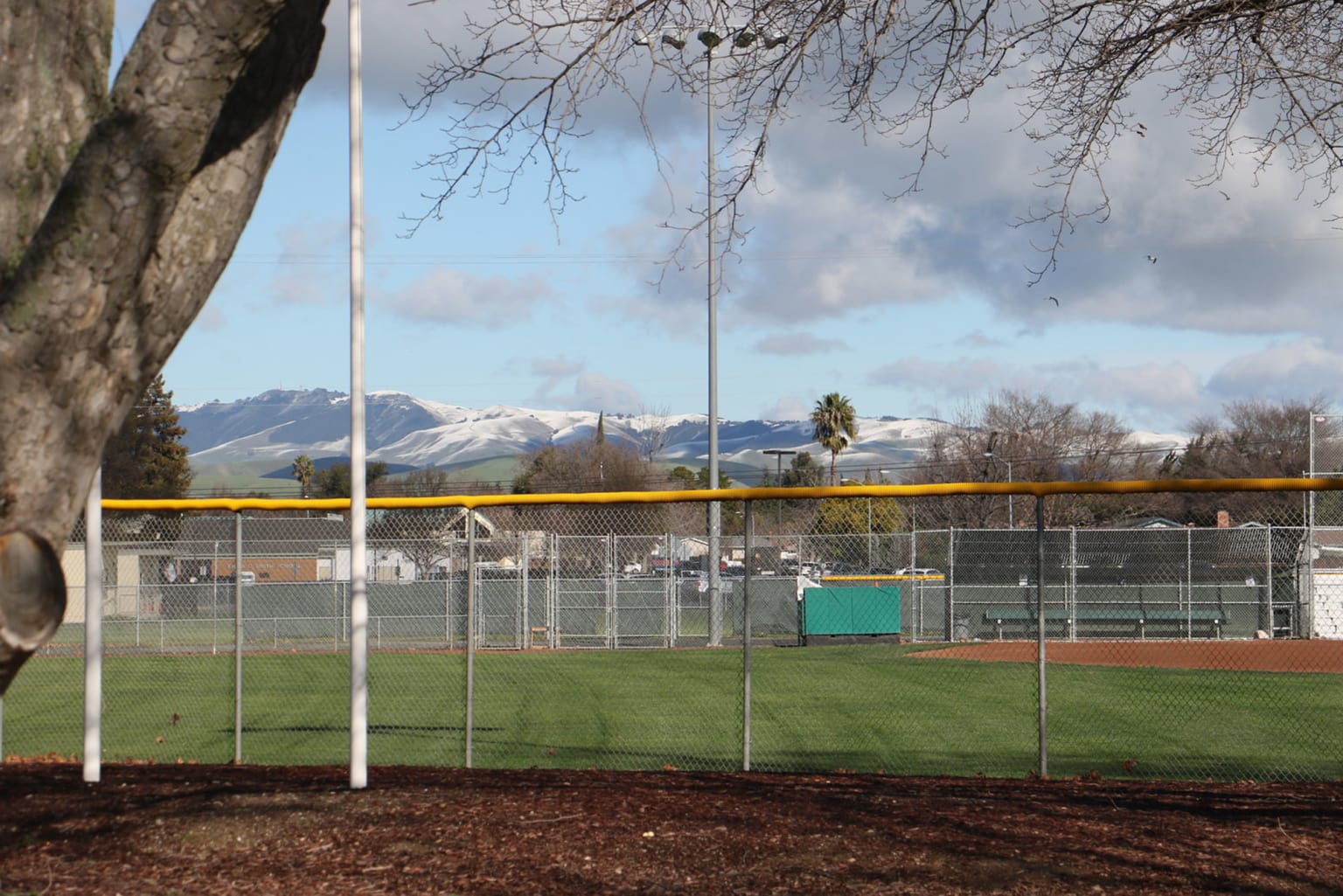
One thing we can all root for is a safer experience for Little League® players, volunteers, and spectators. Local leagues are strongly encouraged to take time to assess any safety issues as local field and facilities are readied for the season. Here are some ways to help ensure a smooth and healthy start to the season.
For a complete list of suggestions, check out the current Little League® Facility Survey.
The Field
There are several areas around the field that should be checked for safety. To ensure nothing is overlooked it’s best to get as many volunteers involved with this essential task as you can.
- Clear any debris and check for divots, holes, large rocks, broken glass, or sharp items sitting on, or lodged into the playing surface.
- Inspect the home plate area to ensure the dirt isn’t too compressed in the batter’s box, and that none of the plate’s black edges are protruding from the ground.
- Fill in any ruts in front of the pitcher’s plate in the pitcher’s landing spot at the front of the mound. If necessary, using clay or another compacting material to level the pitcher’s plate area and firm the front of the mound. Be sure the sufficiently cover these areas with infield dirt.
- Physically inspect the bases to confirm they are detachable, and comply with Little League® rules to help avoid shoulder, arm, collarbone, wrist, leg, ankle, and foot injuries.
- Inspect the dugouts for cleanliness, and that there are no exposed nails, sharp edges, or tripping hazards.
- Evaluate the bleachers for stability, sturdiness, and cleanliness.
- Consider adding back rests and side rails to bleachers taller than three rows to prove added safety for spectators and comply with current building codes.
- Observe the park’s fencing for any loose, curled, rusted, and/or frayed components, which may require plastic guards.
The Restrooms
Your facility’s restrooms will get a lot of use throughout the season, so it’s important to make sure they are clean and don’t become a source of complaints.
- Effort to keep the floors clean and clear of trash or debris.
- Check and test the sinks, faucets, and toilets for proper function when the water is on.
- Inspect for cracked walls or peeling paint, and repair or paint as needed.
- Test the locks on all doors and the condition of all electrical switches.
The Concession Stand
The concession stand will need a thorough inspection before the season starts. You will want to consult your local or state health inspection office for code compliance. If available, enlist the help of a local restaurant manager to help with adherence to all code-defined areas.
- Inspect the condition of all cooking appliances.
- Check the electrical outlets and sinks.
- Evaluate the condition of the floor, tables, and countertops.
- Beware and address any pest control issues; and make sure any pesticides are being kept away from food.
- Consider giving volunteer concessions staff specific training before the season starts so they’re aware of safe food preparation practices.
Notes: When it is time to power up your facility, consider contracting a properly-trained professional to inspect the electrical and plumbing to help avoid any malfunctions, and potentially dangerous situations. Be sure to check the parking lot for debris and potholes, and update any signage.